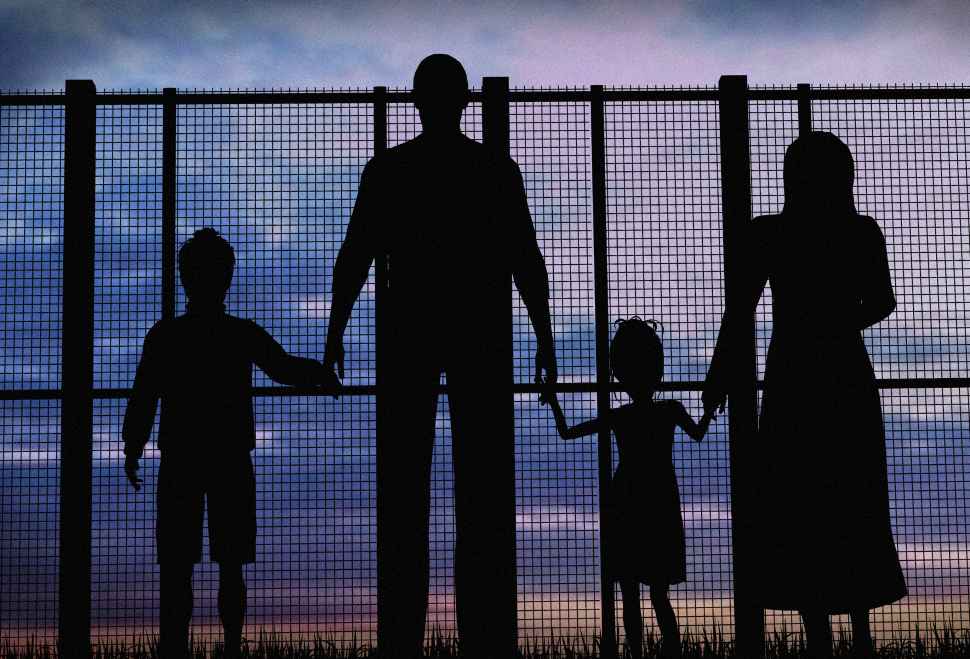Our strategic research areas

Organised crime and corruption
Drugs, gangs and guns
Criminal networks
Radicalisation and violent extremism

Transnational security
Human trafficking
Border policing
Irregular migration and mobility

Corrections and public protection
Rehabilitation and desistance
Youth offending
Crime prevention

Cybercrime
Online delinquency
Ransomware and hacking
Cyberpolicing
I’ ve always been interested in the law and the outlaw distinction and what makes each of them tick.
We’re flexible enough to take on a range of projects with global strengths backed up by international level research and competence amongst our people.

Real-world engagement
Transnational organised crime is estimated to generate up to US$870 billion each year globally, with two-thirds of Australia’s nationally significant targets linked to at least one other country.
Illicit drugs account for around half of this total, with significant funds also derived from trafficking in people, firearms, natural resources & wildlife, people smuggling, counterfeit goods and cybercrime.
Cybercrimes are growing with the global cybersecurity market skyrocketing to over $120 billion.
More than 600,000 Facebook accounts are compromised every day.
Fifteen per cent of social network users have reported that their profiles have been hacked by 'pretenders'.
In 2015 the Australian Crime Commission, Australia’s lead agency for combating nationally significant organised crime, assessed the overall risk to Australia to be high and conservatively estimated the annual cost in this country to be $15 billion. This cost represents a range of harms and losses to governments, businesses and individuals in Australia—some obvious, such as public violence—some less so, such as market distortion.
It’s the thrill of engagement. If you engage with police, or specific areas of the criminal justice system, then you get access to information that can make a change.


